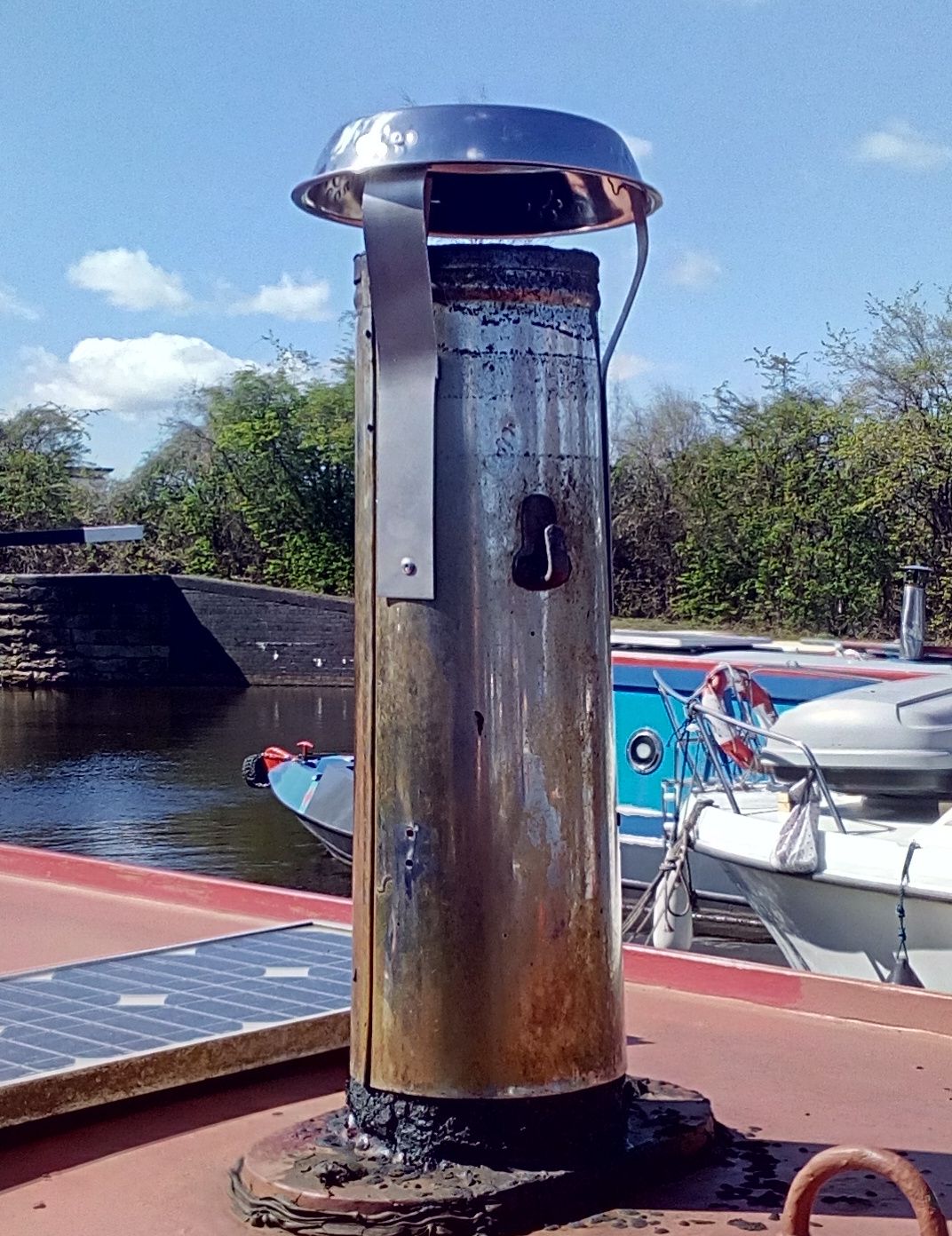It may be that your current cruising habits mean the boat doesn't need any solar charging. Do you have any way of measuring your typical Amp.Hour consumption over a weekend away? Something like a Victron battery monitor? When you are away, do you typically cruise for some hours a day each day, or do you go a short distance on Friday, then moor up for the weekend and return on Sunday? What you need to find out is how deeply discharged your batteries get. How much of the nominal 3x225Ahr capacity are you using before it gets recharged. Once the boat is back in the marina, the shore line battery charger will get them fully charged again and minimise sulphation risk. You just need to make sure you aren't too deeply discharging them over a weekend away. Are you running the engine for battery charging, rather than cruising during the weekend? What makes you decide it is time to start engine charging?
Jen
Also, amps per hour isn't a thing. 200W at 12V is 17 Amps. Over an hour, this would be 17Ahr taken from the batteries. Two hours, 34Ahr and so on. An electrical pedant thing!






